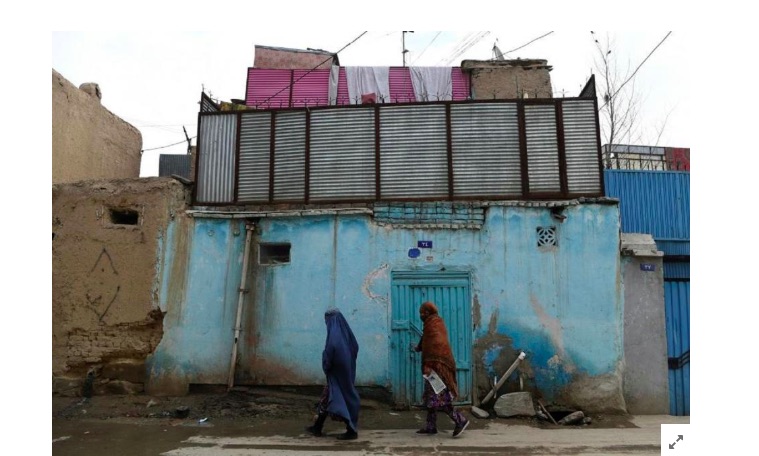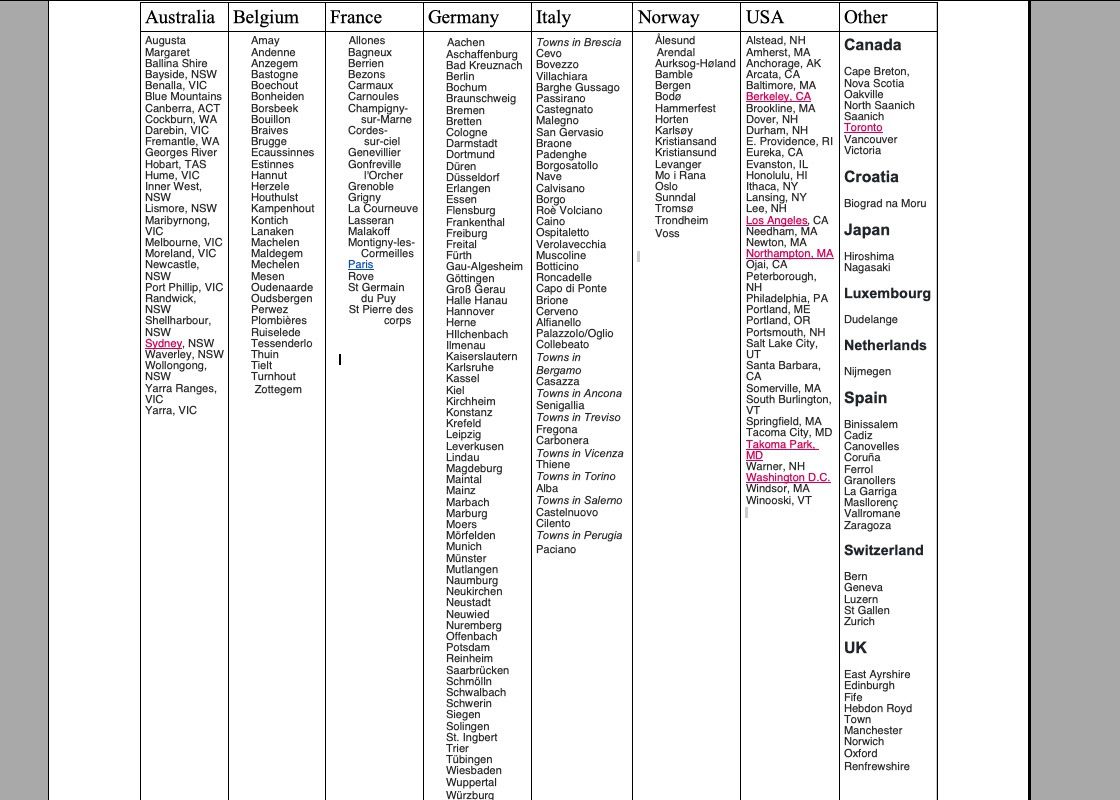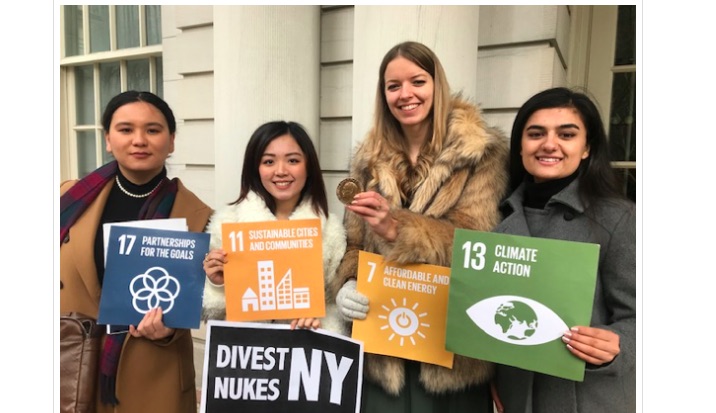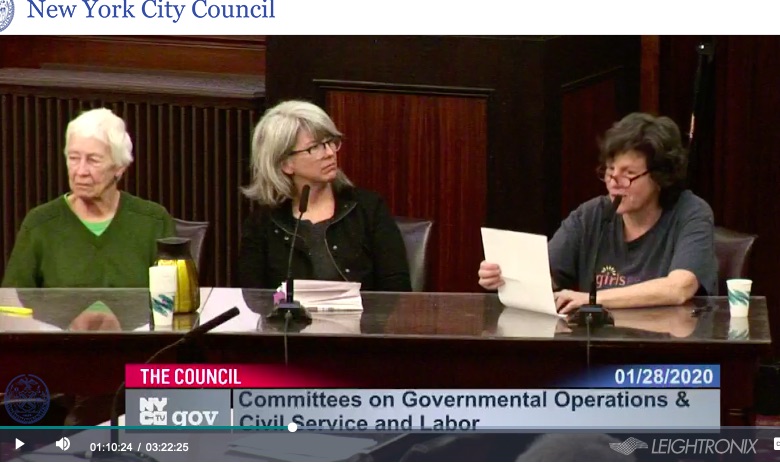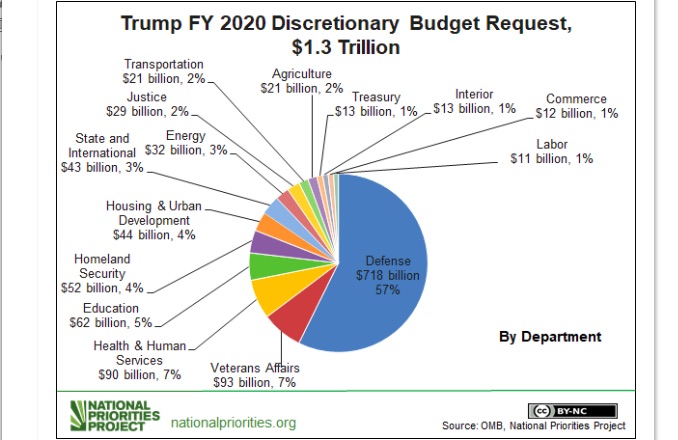DISARMAMENT & SECURITY .
An article from the Peace Pledge Union
Boris Johnson is facing calls to reallocate “defence” budgets towarsd the NHS, social care and community support for people affected coronavirus and isolation.
The Peace Pledge Union (PPU) said that bombs and guns cannot defend people from a pandemic.
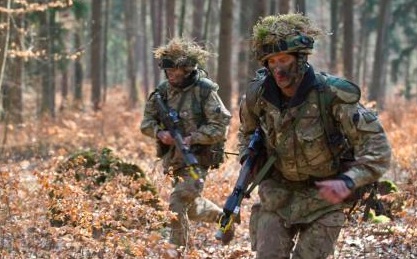
The PPU has repeatedly accused UK governments of endangering the public by wasting money on preparations for war while doing little to prepare for real threats such as climate change or possible pandemics.
The UK government maintains the seventh highest military budget in the world.
The government’s own National Security Capability Review in 2018 listed major outbreaks of disease as one of the most likely threats facing the UK. The threat of pandemics was also identified by the government’s Strategic Defence and Security Reviews in 2010 and 2015.
While some troops may be involved with tasks such as food distribution, the PPU pointed out that many other UK troops are about to take part in a large-scale NATO training exercise across Europe, which is one of the few major events not to be cancelled due to the coronavirus outbreak.
The PPU insisted that the NATO exercise should be immediately cancelled and the costs and people involved reallocated to helping to tackle the pandemic.
(Article continued on the right column)
Does military spending lead to economic decline and collapse?
How can we work together to overcome this medical and economic crisis?
(Article continued from the left column)
The Peace Pledge Union said that money diverted from military budgets could contribute towards NHS and social care costs as well as initiatives to assist people who are losing their jobs or struggling to pay the rent owing to the coronavirus outbreak, or to support people whose mental health is affected by isolation.
The PPU added that this should mark the beginning of a permanent shift of funding away from armed force and towards measures that really make people safe, tackling problems such as ill-health, poverty and climate change.
Ceri Dare, a Public Health Researcher and member of the Peace Pledge Union (PPU), said:
“We could be facing this crisis, which the government’s own assessments told us was coming, with the weapons we truly needed to win: a resilient NHS, local councils funded to fulfil their responsibilities in Public Health, Social Care for disabled and older people. We could have had a society where the people who make our lives possible, the cleaners, the shelf-stackers, the waste collectors, the social care workers, the delivery drivers, were paid and respected for the vital work they do.
“Instead of this, we are armed only with the useless weapons of war. We cannot battle our way out of an pandemic with bombs and guns. The lies of ‘defence’ ring hollow now. We need what we have always needed, to love and care for one another, to work together as neighbours, as communities, as nations, and we need that more than we ever have before.”
Symon Hill, Campaigns Manager of the Peace Pledge Union (PPU), added:
“In this crisis, everyone needs support from others, some especially so. This costs money. The government can still divert funds away from multi-million pound weapons and NATO training exercises. Let’s fund things that will really help to make us safe. You can’t nuke a virus.”
(Thank you to Joe Yannielli, the CPNN reporter for this article.)
